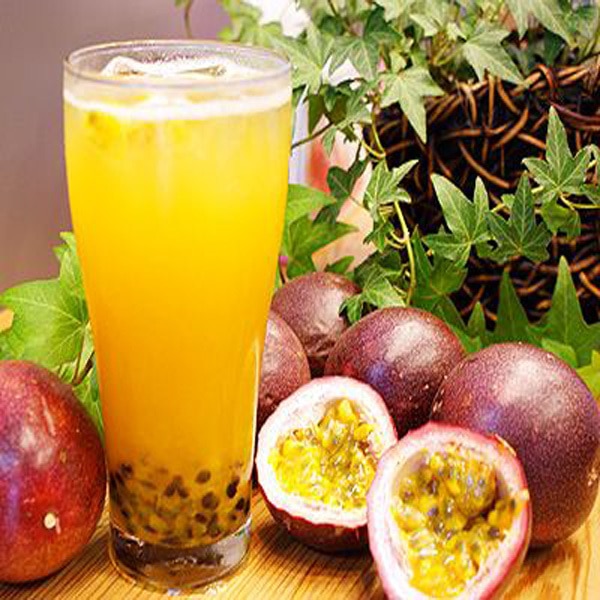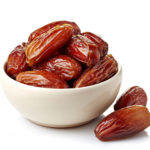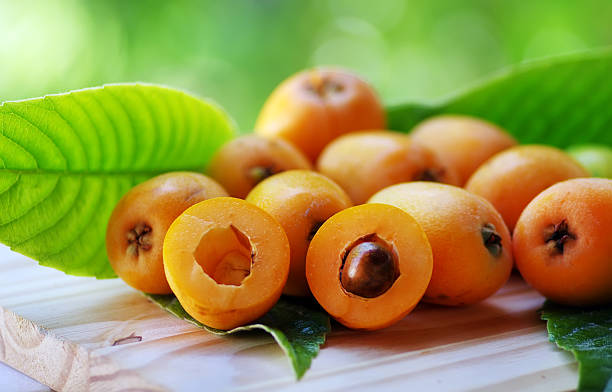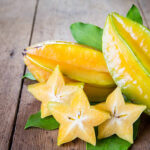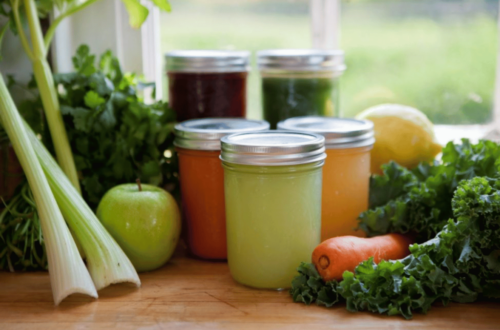Amazing advantages of Passion Fruit
Being an iron-rich fruit and also one of the foods for the blood shows numerous advantages of passion fruit.
All the species of the genus Passiflora provide edible fruit and all having aromatic quality with tart flavor. Passion fruit as one of the species, is the most widespread and utilized and also known as granadilla.
There are two main varieties of passion fruit having differences in taste and color. They are:
- Passiflora edulis, edulis which is purple with pulp having a refreshing bittersweet taste.
- Passiflora edulis, flavicarpa variety. This variety is yellow in color, more acidic and less sweet flavor than the edulis variety.
Before listing some of the advantages of passion fruit, let’s take a look at the description.
Description

It is a climbing plant which belongs to the botanical family Passifloraceae. It is somewhat similar in shape and size of an egg.
The color varies, depending on the variety, from purple to yellow. They all have a gelatinous pulp full of seeds which are black in color.
Other names: Granadilla, Wild watermelon
French: Grenadille
Spanish: Fruta de la pasión, Pasionaria, Maracuyá
German: Passionsfrucht
Passion fruit are cultivated in tropical regions. Brazil is the largest producer, followed by Colombia, Venezuela and Central America.
Granadilla Composition
Per 100 grams of raw edible portion
Energy = 97.0 kcal = 408 kj
Protein = 2.20 g
Fiber = 10.4 g
Carbohydrates = 13.0 g
Vitamin A = 70.0 µG RE
Vitamin B1 = ___
Vitamin B2 = 0.130 mg
Niacin = 1.50 mg NE
Vitamin B6 = 0.100 mg
Folate = 14.0 µg
Vitamin B12 = ___
Vitamin C = 30.0 mg
Vitamin E = 1.12 mg α-TE
Calcium = 12.0 mg
Magnesium = 29.0 mg
Phosphorus = 68.0 mg
Iron = 1.60 mg
Potassium = 348 mg
Zinc = 0.1000 mg
Saturated Fat = 0.059 g
Total Fat = 0.700 g
Cholesterol = ___
Sodium = 28.0 mg
This is based on % daily value provided by 100 grams of passion fruit
Granadilla (Passion Fruit) Percentage Composition
Fiber = 10.4%
Carbohydrates = 13.0%
Fat = 0.700%
Protein = 2.20%
Minerals = 0.800%
Water = 72.9%
There is confusion regarding the name of each variety throughout the world but identifying them by their color is one way to describe them.
Therefore, the properties, composition and clinical indications used here are specifically to the purple passion fruit (Passiflora edulis, edulis variety).
Properties of Passion Fruit (Granadilla)
The purple passion fruit is gelatinous and quite aromatic. The following are some of its nutrients.
- Sugars
- Vitamins
- Proteins
- Iron
- Fiber
- Organic acids
- Minerals
- Aromatic non-nutritive substances
We can find so many advantages of passion fruit from what they contain and what they stand to offer in terms of nutritional value.
Sugars
They contain a significant amount of sugars regardless of their acid taste. Passion Fruit has a constituted part of fructose, glucose and saccharose.
Vitamins
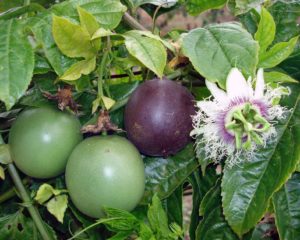
100 grams of purple passion fruit provides 30 mg of vitamin C, half the RDA. It contains provitamin A, vitamins B1, B6, E, niacin and folic acid which are quite beneficial to the overall health. This is one of the advantages of passion fruit.
Proteins
It is one of the most protein-rich fresh fruits with 2.2% protein.
YOU MAY LIKE: Benefits of Asparagus Juice
Iron
It seems like it’s the most iron-rich fresh fruit having about 1.6 mg per 100 grams. It is said that passion fruit surpassed the egg’s iron content and quite close to that of meat (2 mg per 100 g).
The presence of vitamin C in the passion fruit enhances the absorption of this iron, nonheme which is of vegetable origin.
The pulp of this fruit is one the richest vegetable products in soluble fiber (i.e. pectin and mucilage). One of the advantages of passion fruit is that the soluble fiber content doe not interfere with iron absorption.
Organic acids
The most abundant of all the organic acids is citric acid. However, there are presence of malic acid, malonic acid, lactic acid, and also succinic acid.
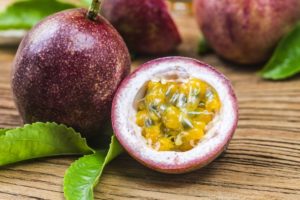
The total acidic content is about 3.4% in the purple passion fruit but 4% in the yellow passion fruit.
Another one among the advantages of passion fruit is that it increases the blood alkalinity in spite of being highly acidic. This effect is also seen in the metabolism, generally.
Minerals
Other minerals include: calcium, phosphorus, magnesium and also potassium. Passion fruit is quite rich in these minerals.
Aromatic non-nutritive substances
The combination of over one hundred chemical substances is responsible for pleasant aroma of the passion fruit.
The slightly sedative effect of the passion fruit is as a result of some aromatic substances which seem to be active in higher concentrations in the leaves of the passion flowers and blossoms used as medicinal plant. This is according to the report on Encyclopedia of Medicinal Plants p.167.
We also record some of the advantages of passion fruit such as the action of the pulp as well as the juice in stimulating the digestive function, mild sedating and quite refreshing.
SEE: Milk Diseases
One of the outstanding advantages of passion fruit is their medicinal use which serves as anti-anemic.
List of advantages of the fruit
The following advantages are due to their medicinal indications.
- Iron deficiency anemia
- Anxiety and Nervousness
- Constipation
Iron deficiency anemia
The passion fruit iron content is very high as well as the vitamin C which also fosters the absorption of the iron in passion fruit.
Therefore, it is highly recommended for anemics. As stated earlier, this is one of the advantages of passion fruit.
It is quite appropriate for individuals who wish to relax their nervous system. The sedating effect is somewhat mild than the blossoms of the passion flowers and their leaves.
The juice made from purple passion fruit, its gelatinous pulp, has a mild laxative action and also protects the lining of the intestine.
How to extract Passion Fruit Juice
- Use a spoon and remove the pulp
- Strain it so as to remove the seeds
- Blend to a homogeneous consistency.
Preparation and Use
- It can be eaten fresh: The gelatinous pulp is eaten using a spoon while the peel serves as a bowl. It seems inconvenient separating the seeds from the pulp in the mouth
- Passion Fruit Juice: Using a strainer, the pulp is filtered and placed in blender. See method above
- Using it as a complement which provides an exotic note to dishes, in particular fruits dishes and also a variety of frozen or fresh desserts.
The blossoms and the leaves of the passion flower and another species of the same genus as the passion fruit are combined and used in phytotherapy as a result of their somniferous and sedative effect.
According to medicalnewstoday.com, passion fruit supports heart’s health.
Health Benefits of Blueberries

A graduate of Computer Science and Information Management Technology. Diploma – Caregiving, Certificates – Dementia and Diabetes Awareness and Management. A researcher, blogger, songwriter, singer and acoustic guitarist. Born in an environment where natural talents such as healing are imparted at our natural birth. This natural talents of healing is the result of our genetic inheritance and the training from family environment.

